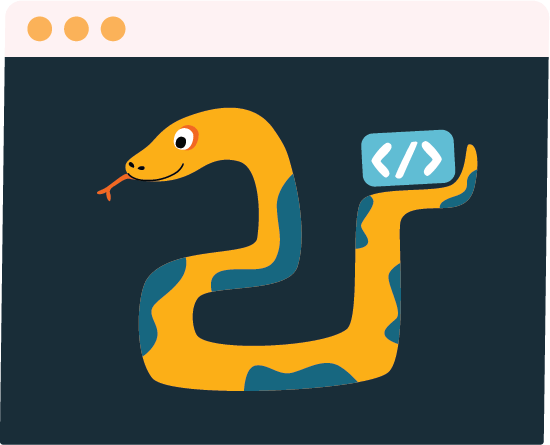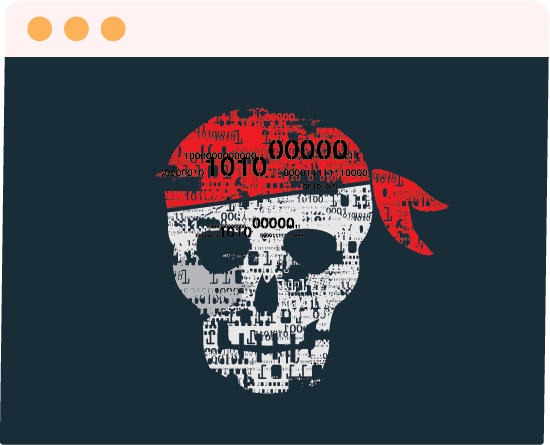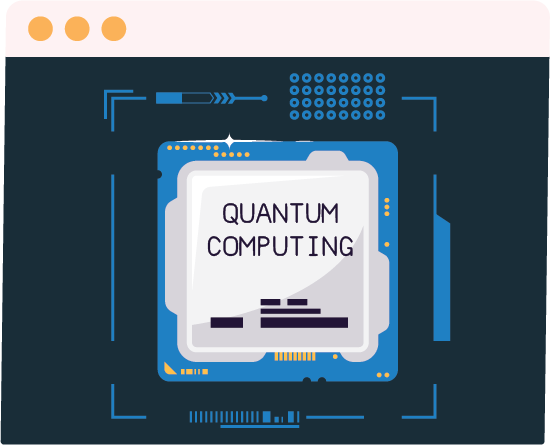ACE HACKER
Learn to write great code through immersive hands-on classes.
Sharpen your skills with programming competitions & hackathons.
Connect & Collaborate with fellow coders, founders, and investors.

Code Your Stories
Ace Hacker courses are crafted to convey the most complex concepts through engaging stories. Tinker with the code in every story, and push boundaries without fear of failure. Build meaningful solutions to tackle real-world problems. Have fun along the way.



